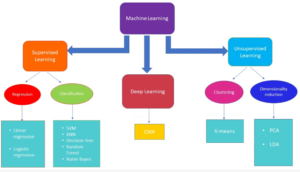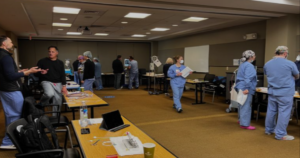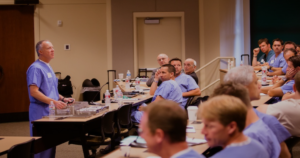Summary
This study focused on addressing the issue of Chironomus larvae infestations in sedimentation tanks of drinking water treatment plants (DWTPs). Chironomus, an arthropod, lays its eggs on the vertical side walls of these tanks, which can lead to poor water hygiene and the risk of vector-borne diseases.
The research investigated the impact of single dual, and triple-frequency ultrasonic radiation on Chironomus eggs, specifically assessing their viabilities, stress-related protein concentrations, and antioxidative enzyme activities. The triple-frequency treatment generated the maximum acoustic pressure, ranging from -30 Pa to 12 Pa, and achieved the best results.
After a 4-minute exposure to triple-frequency ultrasound at a distance of 10 cm and 450 W power, Chironomus eggs exhibited the lowest integrity (25.63%) and hatching rate (2.6%). The study found that the introduction of different ultrasound frequencies led to the generation of hyperoxide through transient cavitation, resulting in reduced activities of acetylcholinesterase (AchE), cytochrome P450, and glutathione S-transferases (GSTs). These changes were responsible for the lysis of eggs’ periplasm and shells.
Overall, this study provides insights into a commercial-scale approach to inhibit Chironomus biomass and prevent infestations in DWTPs, offering a potential solution to improve water quality and prevent related health risks.











